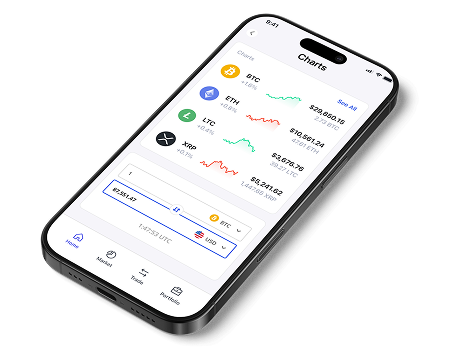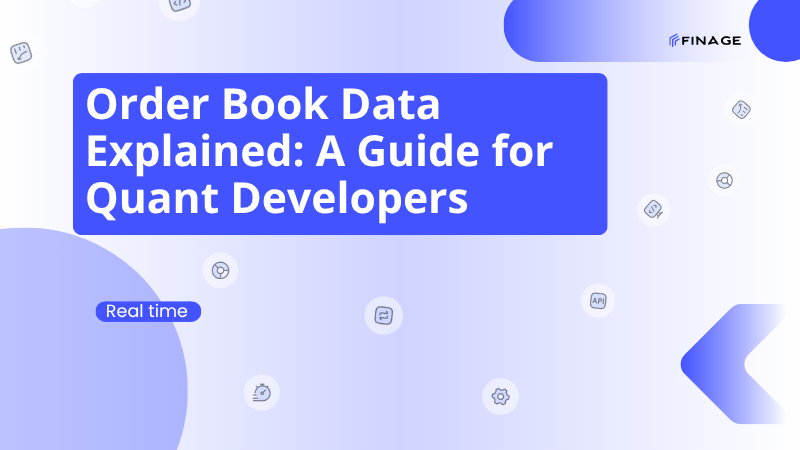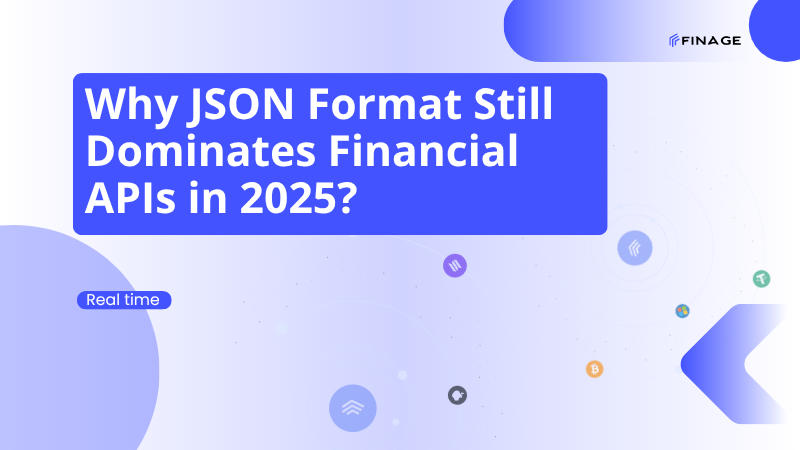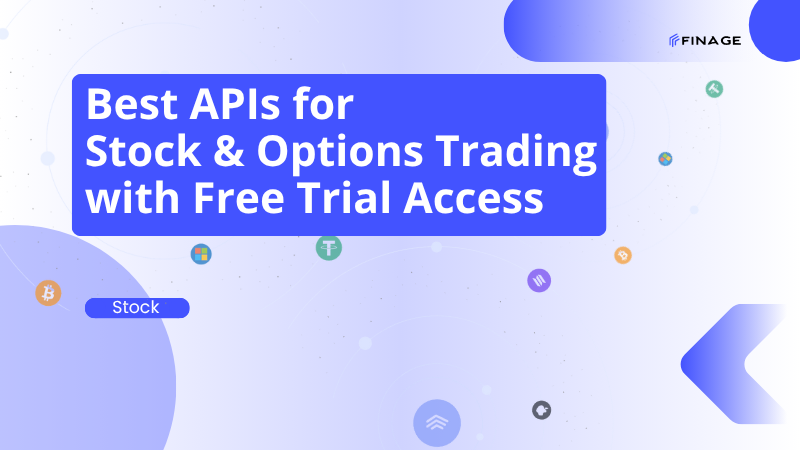API Integrations Are the Only Way Forward for Financial Institutions
4 min read • August 31, 2021

Introduction
We have mentioned the importance of Application Programming Interfaces, which are a set of protocols and codes that direct the communication among the applications.
Table of Contents
What is API integration?
How Does It Work?
Types of API’s
How to Choose the Right Financial API for Integration
Final Thoughts
Integrating new applications into existing IT infrastructures is a problem for banks. They use 1000 different apps; however, according to some reports, only 29% of them communicate with each other. They spend time and money solving this and providing point-to-point integration. The same report also suggests that 80% of apps are not reused to develop new products and services. This process not only slows financial institutions in their development journeys and hinders customer experience, but also consumes resources.
What is API integration?
API or Application Programming Interface is a set of protocols and codes that direct communication between applications. They ensure better tools for sharing data between two or more applications. With the use of APIs, developers do not need to code manually and make communication between applications easy.
Not only is this useful for internal applications, but API integration also allows banks to integrate third-party services into their existing infrastructure. It helps them expand their offerings and upgrade existing services without spending too much time and resources.

How Does It Work?
Banks will typically provide other third-party institutions with limited and secure access to their central banking systems. The third-party platform will then integrate the bank APIs. After that, the third-party platform, balance inquiry, transaction, etc. will request the necessary data from the bank servers to perform its functions. These are called API calls. According to a Deloitte study, about 22% of banks have already deployed their own API platforms, while the remaining 39% are working on it.
Types of API’s
1-) Private/ Internal APIs
As the name suggests, such APIs are used by developers within the organization.
Advantages of Private APIs
- Cost savings through automation
- Allows better collaboration with the team
- Provides more security in data exchange
2-) Partner APIs
This API model is run between a third party and a bank to extend their services. It allows banks to instantly benefit from new products and channels entering the field. Banks can also lend their APIs to third parties. As it allows external collaboration and enables advanced services, large numbers of people eventually move from private APIs to public APIs.
Advantages of the Partner API
- Enables more efficient collaborations
- Enables monetization of API
- It also provides more security in data exchange.
3-) Public APIs
A public API can be used by any external party and developers to create products. This is the most unpopular API model as it exposes all business data to third parties. Therefore, banks are often bothered about data security and customer privacy.
Advantages of Public API
- Innovation through external partners
- Building the developer community
- Provides access to new markets
How to Choose the Right Financial API for Integration
Below are some important points to keep in mind when looking for an API to integrate.
- Set the Integration Goal
There are multiple service areas in the financial services industry. For instance; payments, finance tracking, etc. First, decide which service area API you want to integrate. Do you want an existing service you upgraded or a new service?
- Audit Your CRM.
Identify which banks or services are popular with your target audience. It will help you to shortlist vendors.
- Evaluate Multiple APIs and Shortlist Documentation
Some API providers have minimum documentation. Find providers with extensive documentation. They can be paid or have scaling restrictions etc. may have technical limitations. Search for detailed FAQs.
- Legal Compliance
Involve a legitimate member of your team to check that the data sharing process meets regulatory requirements. You must also ensure that all developers on your team adhere to the security standards of the chosen API.
Real World API Integration Cases
Below are some of the most popular and successful API integrations that have ever happened:
- PayPal and Siri Integration
iOS users can now use the voice command feature in Siri to transfer money through their PayPal account. In 2018, payments services reached $41 billion in transactions between PayPal, Xoom, and Venmo.
- Robinhood Connecting with User’s Bank Account
The investment bank utilizes plaid's banking API to engage users and links their bank accounts to the app. The API also supports connecting various other applications such as TransferWise and Stripe.
Final Thoughts
Traditional banks may initially see this as a threat. All the customer data they have protected so far will also be made accessible to other players in the market. However, once they realize the collaboration opportunities that arise with APIs, they will eventually opt for it. API integrations will also benefit FinTech as they can channel their services to the masses through big names.
We hope that this blog post will be beneficial for you. We will continue to create useful works in order to get inspired by everyone. We are sure that we will achieve splendid things altogether. Keep on following Finage for the best and more.
You can build your own financial business with Finage free API key.
Build with us today!
Claim Your Free API Key Today
Access stock, forex and crypto market data with a free API key—no credit card required.

Stay Informed, Stay Ahead
Finage Blog: Data-Driven Insights & Ideas
Discover company news, announcements, updates, guides and more


